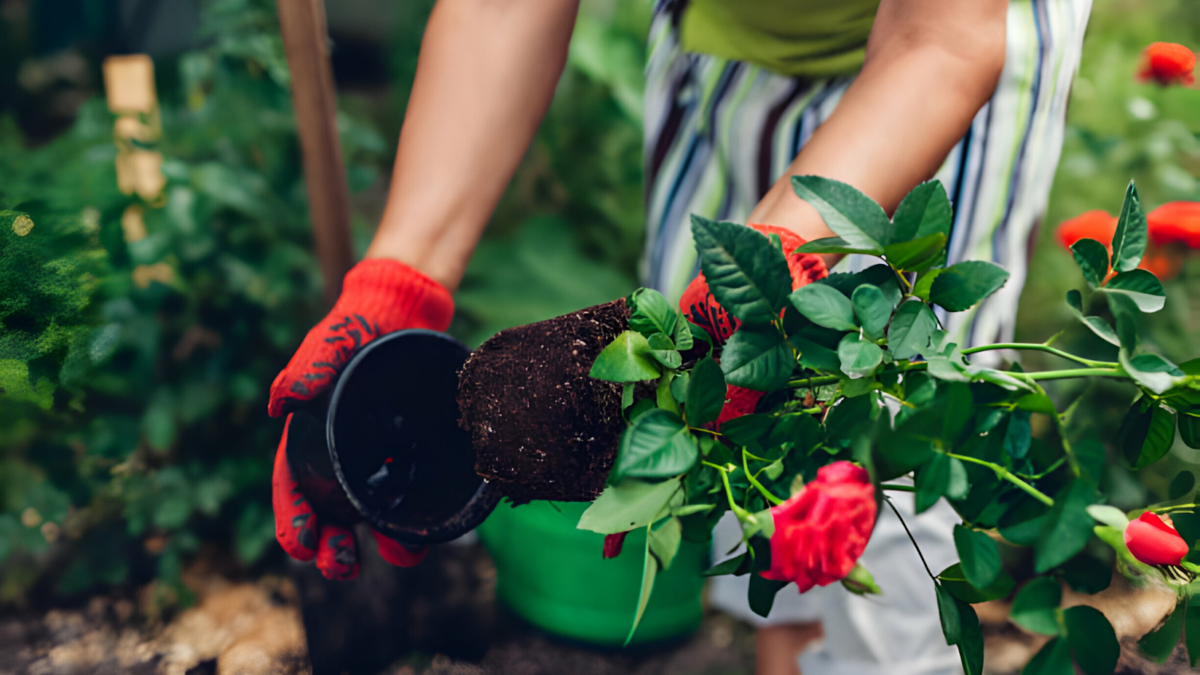Roses, often hailed as the queens of the garden, have captured the hearts of gardeners for centuries with their timeless beauty and enchanting fragrance. Cultivating healthy rose plants requires a combination of proper care, attention to detail, and a dash of passion. In this ultimate guide, we’ll walk you through the essential steps to ensure your rose garden flourishes with vibrant blooms.
Choosing the Right Rose Varieties:
Before diving into the world of rose gardening, it’s crucial to select the right varieties for your region and garden conditions. Hybrid teas, floribundas, and shrub roses are popular choices, each with its unique characteristics. Consider factors such as climate, soil type, and sunlight availability to make an informed decision. To buy rose plants online, head over to Urvann to find the best quality and varieties of plants with free next-day delivery.
Selecting the Ideal Location:
Roses thrive in sunlight, so choose a location that receives at least six hours of direct sunlight daily. Ensure the soil is well-draining to prevent waterlogged roots, which can lead to root rot. Adequate air circulation is also essential to prevent fungal diseases, so avoid overcrowding your roses.
Preparing the Soil:
Roses prefer slightly acidic to neutral soil with a pH range of 6.0 to 7.0. Prior to planting, amend the soil with organic matter such as compost to improve drainage and fertility. Regularly testing the soil and making necessary adjustments will create a healthy environment for your roses to flourish.
Planting Your Roses:
The key to a successful rose garden starts with proper planting. Dig a hole that is twice the width of the root ball and deep enough to accommodate the roots without crowding. Ensure the bud union (the swollen area where the canes meet the roots) is planted just above the soil level. Water thoroughly after planting to help the roots establish themselves.
Watering Wisely:
While roses appreciate consistent moisture, they don’t tolerate waterlogged conditions. Water deeply, allowing the soil to dry slightly between watering sessions. Early morning watering is ideal, as it allows the foliage to dry before evening, reducing the risk of fungal diseases. Mulching around the base of the roses helps retain moisture and suppress weeds.
Fertilizing for Optimal Growth:
Roses are heavy feeders, and providing them with the right nutrients is essential for robust growth and abundant blooms. Use a balanced fertilizer with a higher potassium content to promote flowering. Apply fertilizer in early spring, just as the new growth begins, and again in late spring or early summer for continuous nourishment.
Pruning for Shape and Health:
Regular pruning is a crucial aspect of rose care. Remove dead, diseased, or crossing branches to improve air circulation and reduce the risk of pests and diseases. Prune in late winter or early spring, cutting at a 45-degree angle just above an outward-facing bud. Shaping your roses will not only enhance their appearance but also stimulate new growth. E.g. regular pruning of the Moss Rose will help to give it more spread and character.
Disease and Pest Management:
Keeping an eye out for common rose diseases such as black spots and powdery mildew is vital for maintaining a healthy garden. Neem oil and fungicidal sprays can help prevent and treat these issues. Additionally, inspect your roses regularly for pests like aphids and spider mites, using insecticidal soap or natural predators to keep them in check.
Supporting Your Roses:
As your roses grow, providing support ensures they stand tall and proud. Stake taller varieties to prevent wind damage and bending of the stems. Use soft ties to secure the canes, avoiding damage to the delicate bark. Regularly check and adjust the supports as your roses continue to flourish.
Winterizing Your Roses:
Preparing your roses for winter is crucial, especially in colder climates. Mulch around the base of the plants to insulate the roots and protect them from freezing temperatures. Stop fertilizing about six weeks before the first expected frost to allow the roses to harden off. Prune lightly to remove dead or diseased wood, and consider covering the base of the plants with additional mulch for added protection.
Conclusion:
Growing healthy roses is a rewarding endeavor that requires a blend of knowledge, dedication, and a touch of patience. By selecting the right varieties, providing optimal growing conditions, and implementing proper care practices, you’ll be well on your way to a stunning rose garden that will delight the senses for years to come. Remember, a little love and attention go a long way in nurturing these timeless beauties. Happy gardening!


